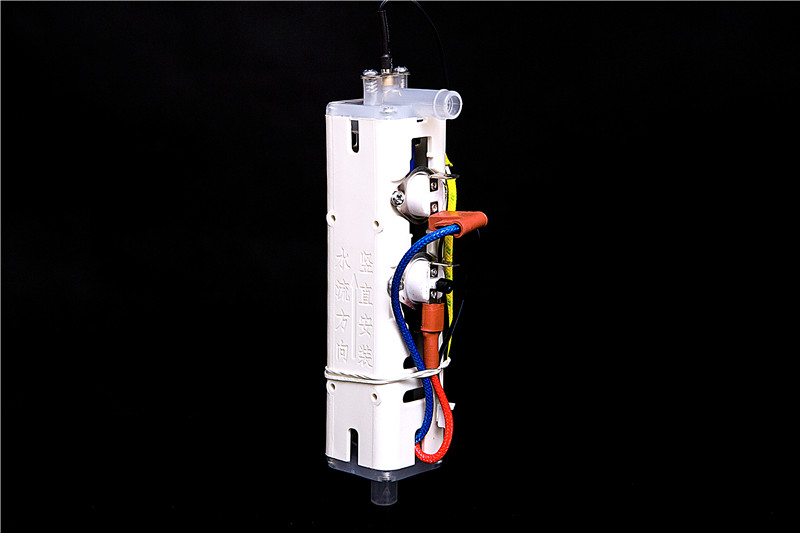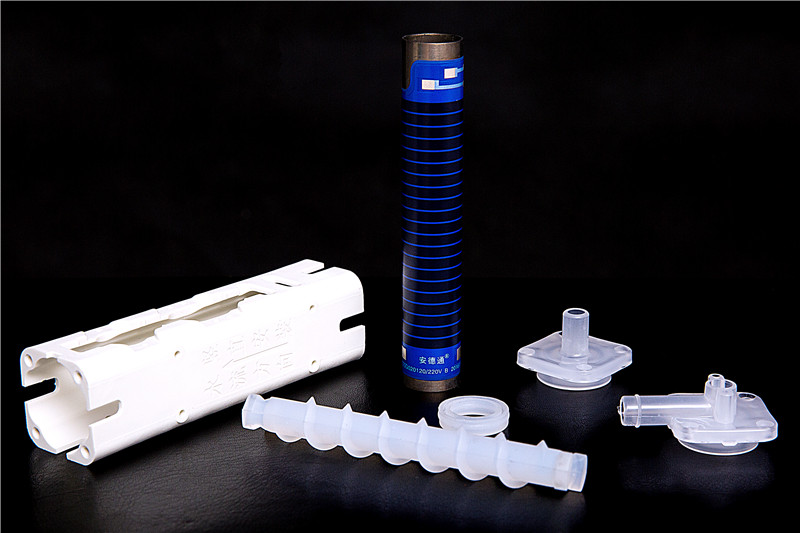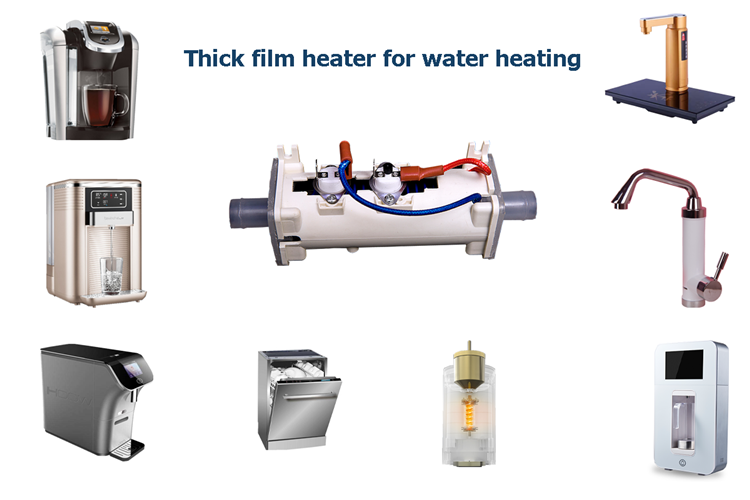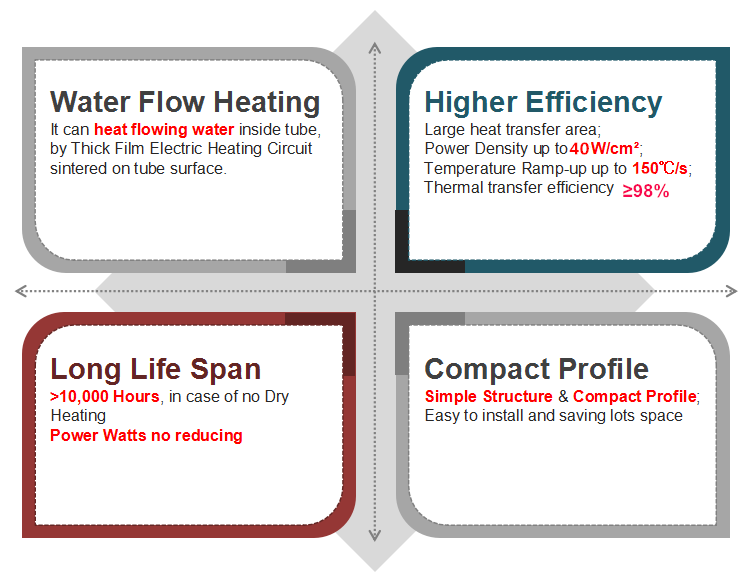Several Problems to Be Noted When Using Magnetic Flowmeters
1. Debugging during commissioning debugging Expected failures usually appear in the instrument installation and commissioning stage. Once they are eliminated, they will not appear again under the same conditions. Common faults during commissioning are generally caused by improper installation, environmental disturbances, and fluid characteristics.
1) The installation is usually caused by the incorrect installation position of the electromagnetic flow sensor. Commonly, such as installing the sensor at the highest point of the pipe system that can easily accumulate gas, or installing it on the vertical pipe from top to bottom, the emptying may occur; Or no back pressure after the sensor, the fluid is directly discharged into the atmosphere to form a non-full tube in the measuring tube.
2) The environment is usually dominated by stray currents in the pipeline, strong electromagnetic interference in the space, and magnetic interference in large electrical machines. The stray current interference of the pipeline usually achieves satisfactory results with good individual ground protection, but in the case of strong stray currents (such as the electrolytic shop pipe, sometimes the peak potential of the AC potential induced at the two electrodes can reach up to iV), Additional measures must be taken to insulate the flow sensor from the pipe. Space electromagnetic interference is generally introduced via signal cables and is usually protected by single or multiple layers of shielding.
3) Fluids The measured liquid contains evenly distributed microbubbles that usually do not affect the normal operation of the electromagnetic flowmeter. However, as the air bubbles increase, the output signal of the instrument fluctuates. If the bubbles are large enough to cover the entire surface of the electrode, As the bubble flows through the electrode, the electrode circuit will momentarily open and cause greater fluctuations in the output signal.
When the low-frequency square-wave excitation electromagnetic flowmeter measures excessive solid content slurry, it will also produce slurry noise, causing the output signal to fluctuate. When measuring mixed media, if you enter the flow sensor for measurement before the mixing is not uniform, the output signal will also fluctuate. Improper matching of the electrode material and the measured medium will also affect the normal measurement by dry chemistry or polarization. The electrode material should be properly selected according to the instrument selection or related manuals.
2. Run-time faults Run-time faults are the faults that occur after the electromagnetic flowmeter has been commissioned and run for a certain period of time. Common operational faults are caused by factors such as the adherence of the inner wall of the flow sensor, lightning strikes, and changes in environmental conditions.
1) The sensor inner wall adhesion layer is commonly used by dry electromagnetic flowmeters to measure dirty fluids. After a certain period of operation, it often accumulates an adhesion layer on the inner wall of the sensor and causes failure. These faults are often caused by too much or too little conductivity of the dry adhesion layer. If the attachment is an insulating layer, the electrode circuit will be open circuit, the instrument can not work properly; if the conductivity of the adhesive layer is significantly high dry fluid conductivity, the electrode circuit will appear short circuit, the instrument can not work properly. Therefore, the adhered scale layer in the measuring tube of the electromagnetic flowmeter should be removed in time.
2) Lightning Strikes Lightning strikes can easily induce high voltages and surge currents in the instrument lines, causing damage to the instrument. It is mainly introduced through the power line or the excitation coil or the flow signal line between the sensor and the converter, and is particularly introduced from the power cable of the control room.
3) Changes in environmental conditions During commissioning, dry conditions are good (for example, if there is no interference source), the flowmeter is working properly, and it is often easy to neglect the installation conditions (for example, the grounding is not very good). In this case, once the environmental conditions change. New interference sources during operation (such as welding on pipelines near the flowmeter, large transformers installed nearby, etc.) will interfere with the most normal operation of the instrument, and the input and output signals of the flowmeter will fluctuate.
Thick Film Heating Element Assemble is made up by Stainless Steel Tube Thick Film Heater, plastic shield, interface connectors, thermostats, NTC Sensor, wire leads etc.


Power Density is up to 60W/cm2.
Temperature ramp-up between 80℃~150℃/S.
Electric Heating Circuit printed on tube surface`s insulation layers, and covered by another insulation layer. Water and Electric is insulated totally.
Thermal transfer efficiency ≥98%.
Long work life( > 10000H )
Environment and Health friendly: Non-electromagnetic radiation and heavy metal ions
Simple Structure & Compact Profile brings more possibility for new products R&D.
It can successfully replace Traditional Electric Heating Tubes/Elements, change their structures and performance completely, which can reduce energy consumption, increase energy utilization and save space.
Thick Film Heater Elements are widely applied in Instant Hot Water Dispenser, instant boiling water heaters, sous vide circulate cooker, coffee maker, electric heating water faucet, instant water flow heater under sink, formula dispenser, vending machine, etc.

Eelectric Heating Element,Heating Element,Electric Heating Element,Water Dispenser Heating Element
XINXIANG JIEDA PRECISION ELECTRONICS CO.,LTD , https://www.tubularheater.de
